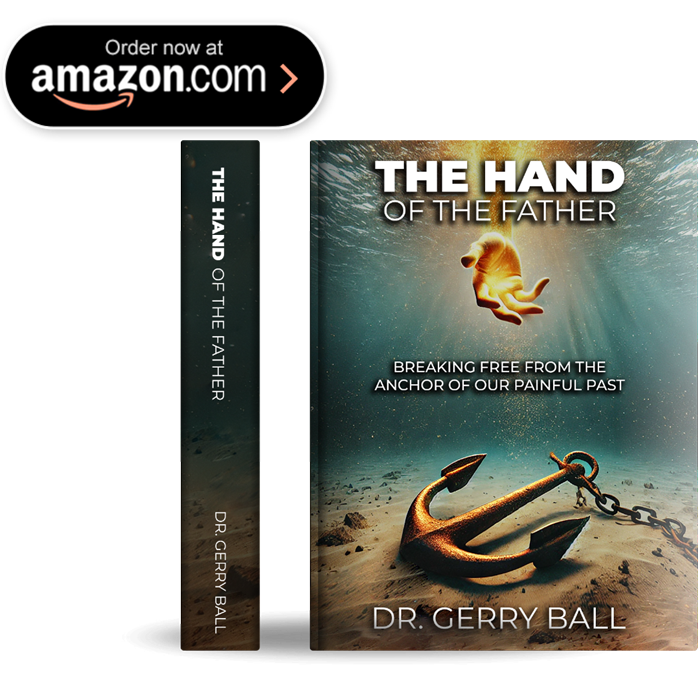Understanding Attachment Theory
Discover how Attachment Theory shapes emotional and spiritual development through insights from the Strange Situation, Mary Ainsworth attachment theory, and the four primary attachment styles in children. This foundational chapter reveals how early bonds impact lifelong relationships — and how understanding them can lead to healing and deeper connection.
- Home
- Understanding Attachment Theory
Attachment Theory
How Early Bonds Shape Relationships, Emotions, and Faith
Attachment Theory helps us understand why people connect with others — and with God — in the ways they do. Developed through decades of research, it reveals how our earliest experiences with caregivers influence emotional patterns, relationship dynamics, and spiritual development throughout life.
The Foundation of Attachment Theory
Attachment Theory centers on the idea that early bonds with caregivers form the blueprint for how we engage with others. These relationships shape how we handle stress, express emotions, and build trust — not only in people, but also in our faith walk.
This chapter explores the Strange Situation experiment, the different attachment styles in children, and the long-term impact of these early patterns. By gaining insight into your own attachment style, you’ll be better equipped to build healthier relationships and experience deeper emotional and spiritual healing.

Mary Ainsworth’s Strange Situation Experiment
The Strange Situation experiment was developed by psychologist Mary Ainsworth in the 1970s. Ainsworth, working with John Bowlby, created a structured observational method to analyze how infants responded to brief separations and reunions with their caregivers.
The Strange Situation Summary:
The experiment consisted of eight short episodes where:
A child is introduced to a room with toys.
A stranger enters; the caregiver leaves.
The child is left with the stranger, then alone.
The caregiver returns twice for reunions.

These interactions reveal how secure or insecure a child feels in their attachment. The Strange Situation remains one of the most influential studies in attachment theory, and is still widely referenced in clinical, educational, and faith-based counseling settings.
Four Key Attachment Styles in Children
From this experiment, the Mary Ainsworth attachment theory identified four distinct attachment styles in children. Each style reflects a different response to caregiver availability and emotional responsiveness:
These categories are also seen in adult relationships — shaping how we express love, trust others, and handle conflict.
Christian Perspective on Attachment
From a Christian perspective on attachment, these styles reflect not only our relationships with others but also our perception of God. A secure attachment can foster trust in God’s love and presence. In contrast, insecure attachments may lead to struggles with fear, shame, or distance in spiritual life.
Understanding your attachment style provides a framework for emotional healing and spiritual growth — a theme explored throughout The Hand of the Father.

Long-Term Impact of Childhood Attachment
The effects of early attachment patterns often persist into adulthood. For example:
Securely attached children are more likely to become confident, resilient, and emotionally stable adults.
Insecure attachment styles can lead to difficulty regulating emotions, establishing trust, or maintaining healthy relationships.
Key long-term benefits of secure attachment:
Emotional regulation
Healthy relationships
Resilience in adversity
Greater self-worth and spiritual confidence

Attachment patterns can also pass from generation to generation — highlighting the importance of early support for caregivers and intentional relational healing.
Cultural and Individual Differences in Attachment
Research shows that cultural values shape attachment behavior. For instance:
Japanese infants tend to show stronger ambivalence due to close maternal proximity.
German infants may exhibit avoidant traits in line with cultural emphasis on independence.
Individual differences also emerge based on temperament, caregiving quality, and family stress levels. The transactional model by Bowlby shows how both child and caregiver influence one another.

Influence on Parenting, Therapy, and Society
Attachment theory has profoundly shaped:
Parenting programs that teach responsive caregiving.
Therapy models that address childhood wounds.
Foster/adoption care practices that focus on emotional bonding.
Christian counseling strategies for relational and spiritual restoration.
Understanding your attachment style provides a framework for emotional healing and spiritual growth — a theme explored throughout The Hand of the Father.

It also provides tools for teachers, social workers, and ministry leaders who seek to nurture emotional and relational health in others.
Criticisms and Considerations
While valuable, the Strange Situation does face critiques:
Cultural bias: Developed in Western settings.
Short-term snapshot: May not reflect a child’s full attachment pattern.
Ethical concerns: Brief distress to infants is part of the process.
Nonetheless, it remains a gold standard in the study of human connection and emotional development.

Conclusion
Why Attachment Theory Matters
Attachment Theory provides a powerful framework for understanding how early bonds shape our emotional health, relationships, and even our walk with God. Through the groundbreaking Strange Situation study, the Mary Ainsworth attachment theory revealed how the quality of those early bonds forms distinct attachment styles in children that often carry into adulthood.
This excerpt is just the beginning — to dive much deeper into these life-shaping truths and explore their spiritual impact, continue your journey in The Hand of the Father.
the hand of the father
Want to Go Deeper? Read The Hand of the Father
Explore how Attachment Theory and biblical wisdom come together to bring lasting healing in The Hand of the Father by Dr. Gerry Ball. If you’re ready to break free from patterns of emotional pain and reconnect with the Father’s heart, this book is for you.

